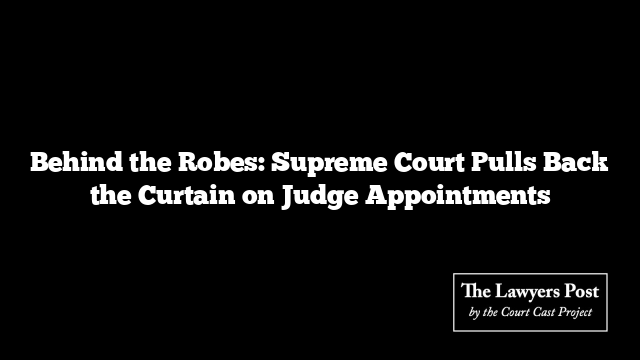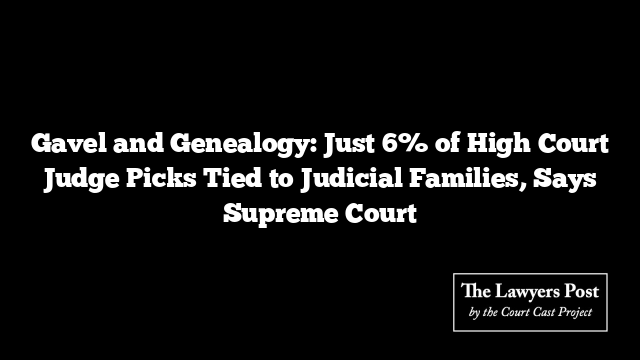In a sweeping act of judicial transparency, the Supreme Court has, for the first time, laid bare the full machinery behind how judges are appointed to the nation’s higher courts. This bold move, now live on the top court’s website, reveals the layered process that shapes the bench—from state whispers to collegium deliberations—and even bloodlines within the judiciary.
Now open to public scrutiny are the inner workings of the appointment pipeline for both High Court and Supreme Court judges. The disclosures include who recommended whom, which High Court they hail from, whether they came from the Bar or civil service, and what category they represent—be it SC, ST, OBC, minority, or woman. The data also exposes any familial links to serving or retired judges, breaking decades of opacity around dynastic legal influence.
Recommendations processed by the Supreme Court Collegium between November 9, 2022, and May 5, 2025, are included in this release. Dates of recommendation, government notification, and official appointment are also logged, offering an unprecedented chronology of judicial elevation.
A flowchart now illustrates this intricate selection route—from the High Court Collegium’s initial pitch to central government feedback, all culminating in a Supreme Court seal of approval.
But the openness doesn’t stop there. The Supreme Court also confirmed that the personal asset declarations of its judges are being uploaded. As of now, some statements are already live, with the rest to follow as updates come in.
In a judiciary often critiqued for operating behind closed doors, this step marks a rare window into power, pedigree, and process.




